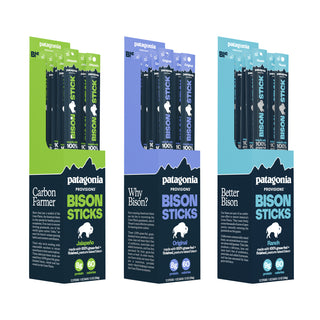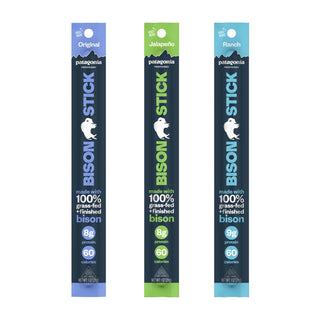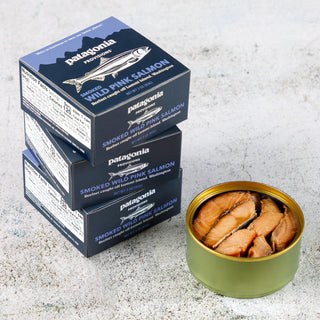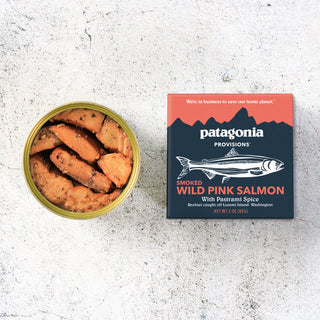For too long, industrial farming has typically meant stripping topsoil of nutrients and laying it bare, leaving it at the mercy of erosion. The culprit: tilling. In the rush to maximize crop growth, farmers started churning up the soil when they planted each crop. But in recent decades, farmers are increasingly turning to the ancient technique of no-till farming, leaving soil intact, healthy, biologically diverse and thriving.
 A tilled industrial wheat field. Photo by RMBrown / Alamy
A tilled industrial wheat field. Photo by RMBrown / AlamyWhat is tilling in agriculture?
Tilling, also called tillage, is the action of breaking up and turning over the soil, incorporating whatever is at the surface with soil deeper below. Most often, this is done with a sled of rotating disks pulled by tractor. Farmers till to break up compacted soil, destroy weeds and bring nutrients to the surface before planting crops. Tilling can boost production in the short term, but in the long term, it degrades soil fertility, causes erosion and releases carbon from the soil into the atmosphere.

The benefits of no-till (and low-till) agriculture
No-till farming is more than simply leaving soil untilled. Farmers typically grow a cover crop for the soil, then cut down that crop, leaving it to cover the ground, as they are planting seeds. The decaying cover crop forms a nutrient-dense protective mat over the planted soil, keeping the soil structure intact and protecting it from erosion and exposure. The sponge-like vegetation left at the surface preserves moisture, making irrigation far more efficient. Since the soil is largely undisturbed, the natural soil biome, chock full of microorganisms, continues to thrive, creating a nutritious soil matrix loaded with organic matter. No-till farming is a crucial part of regenerative agriculture, a method that strives to rebuild healthy topsoil by allowing nature to steer the course.
Low-till agriculture minimizes soil disturbance but allows for some tilling for weed control and planting, while still keeping plant residues on the soil. Both no-till and low-till agriculture are easier on the farmer, cheaper, and better for the land. Everyone wins.
What’s the difference between conventional and organic no-till farming?
While conventional agriculture does use no-till farming, those farmers typically use herbicides to kill off the cover crops. Also, they plant GMO varieties as their main crop—engineered to resist the sprays. Organic no-till farming, however, uses cover crops, animal grazing, crop rotation and special tractor tools like the roller crimper, which flattens the crop, producing a mat of rich vegetation that nourishes the soil and prevents weed growth. This means organic no-till farmers don’t have to use GMOs or synthetic chemicals to control weeds and other pests.
No-till farming and soil conservation
Churning the soil exposes healthy topsoil, drying it out and allowing it to blow away with the wind and erode in the rain. It kills the organisms that make up a healthy, balanced soil biome. No-till farming does, well, almost none of those things.

What are some examples of no-till farming?
Sol Simple, in Nicaragua, uses low and no-till methods to farm mangoes for our Regenerative Organic Certified™ Chile Mango dried fruit snack. Kernza®, a perennial grain featured in our pasta and beer, thrives as a low-till crop, and once it’s harvested, the mulch left behind can be eaten by livestock that fertilize the fields.
 Tessa Peters, Director of Crop Stewardship at The Land Institute, celebrates a healthy field of Kernza in Madison, MN. Photo by Amy Kumler
Tessa Peters, Director of Crop Stewardship at The Land Institute, celebrates a healthy field of Kernza in Madison, MN. Photo by Amy KumlerThe future is the past
We can fix agriculture. We can move away from the conventional farming methods that are stripping away the planet’s precious topsoil, reducing farming diversity to monocrops, and pumping tons of carbon emissions into the atmosphere. The best part is we already know how—humans have practiced no-till agriculture since we first began farming some 10,000 years ago.











